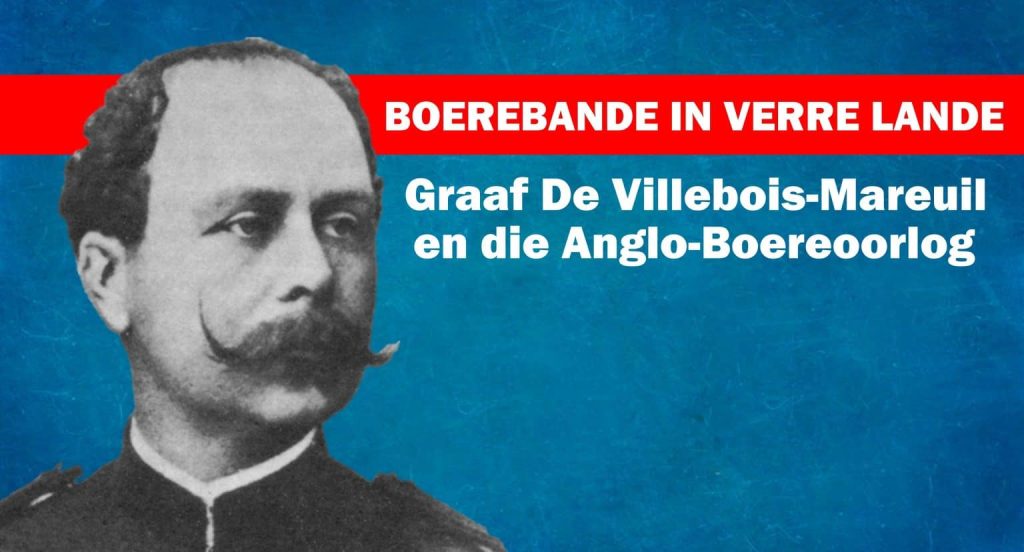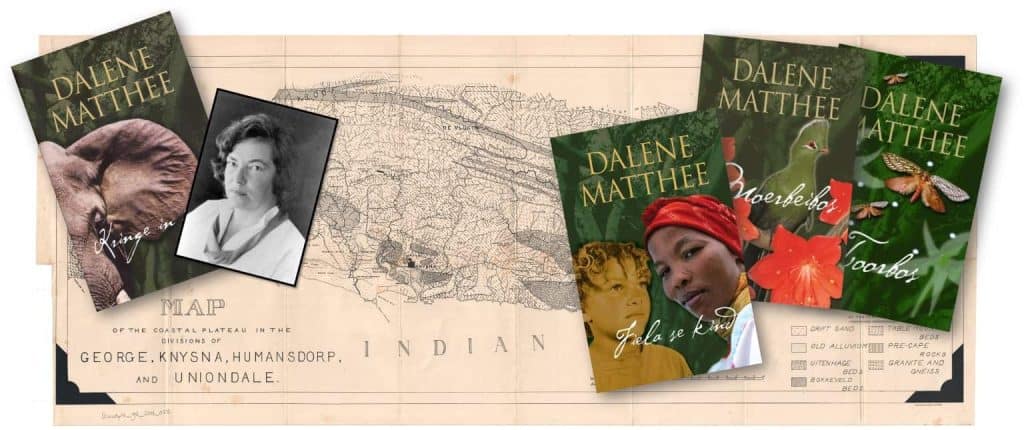By Alana Bailey
In about 1796, the small wind-powered Mostert’s Mill was erected on Welgelegen, the farm of Dirk Gysbert van Reenen, to grind grain for the growing Cape population and visitors. Van Reenen’s daughter eventually married a Mostert and thus the mill came to its name.
On Sunday, 18 April 2021, the wind that had given life to the mill for so many centuries turned into an enemy and caused a veld fire to spread to the mill. Great damage was done, but only days later, plans for the repair of the mill were already in full swing. This is thanks to a group of heritage enthusiasts who set up the organisation “Friends of Mostert’s mill” in 1993.
Mostert’s mill was once the only remaining working windmill south of the Sahara in Africa. Since 1993, the Friends have ensured that it is maintained, working in close cooperation with the Department of Public Works (DPW), as the mill is technically state-owned. In recent years, it had often been open to the public on Saturdays to see first-hand how it works, but in 2020, COVID-19 restrictions temporarily put an end to these open days. Most people could still admire it from the side of the highway ‒ a compact reminder of a bygone era in our history. However, flames put an end to the mill’s functionality within minutes.
The moment the site could be accessed after the fire, members of the Friends were there to secure the remains of the building and milling equipment. Since then, progress has been made both in planning and executing the restoration, as well as raising funds to make the project possible. Specialists have to be used for the repairs throughout and DPW also has to approve each step.
AfriForum Worldwide has published several articles on the progress of the restoration project. When I unexpectedly had three hours available during a recent visit to Cape Town, before boarding a flight back to Gauteng, I quickly visited the mill.



The ruins of neighbouring houses that had also been destroyed in the fire are overgrown with weeds and create a depressing atmosphere of decay.

However, when one peeks through the rose bush hedge towards the mill, it is a whole different story! There is a lot of activity going on there. The site is well secured to ensure the safety of the public and the walls are covered with a tarpaulin to prevent water damage. Builders are working on scaffolding. The lawn around the mill is neatly maintained and the other facilities on site have also been refurbished.
The mill’s website is updated regularly with the latest news on the progress with the project (see https://mostertsmill.co.za/current-restoration/). A blog also provides information on rebuilding parts of the mill in very fine technical detail, with photos that will be of great value to future restorers (see https://mostertsmillafterthefire.blogspot.com/).
Because the project is being approached with so much care to ensure that every aspect of the building and equipment will be as close to the original as possible, the project is still going to take a long time … and it will not be an inexpensive effort either. Any contribution is therefore welcome ‒ more information is available at https://mostertsmill.co.za/current-restoration/.
This project is important not only because of the historical significance of the mill, but also because it is an excellent example of a community that not only complained about their loss and waited for the state to come to the mill’s rescue, but rolled up their sleeves themselves to secure its future.
This ties in beautifully with AfriForum’s message that the future of our past rests in our own hands! We wish everyone involved in the project well. AfriForum will be making another contribution to contribute to this laudable effort soon.




















